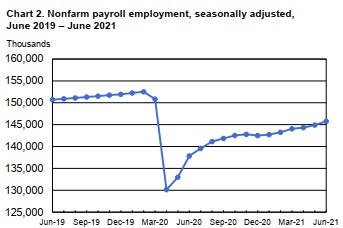Recruitment in 2014 – Employers Look for Unique Ways to Compete for Top Talent
As we kick off the New Year, the candidate-driven market that MRINetwork has been observing in the executive, managerial and professional sector is projected to become an even greater challenge in 2014. The media is increasingly making note of this trend, referenced as “overwhelmingly candidate-driven” in the most recent MRINetwork Recruiter Sentiment Study, as exceptional candidates with specialized skills gain more leverage due to a shrinking talent pool. The reality is that employers must compete like never before to bring in the best people to lead their organizations into the workforce of 2020 and beyond.
“2014 has been slated as the Year of the Employee, due to global economic growth that is increasing demand for top candidates with specialized skills,” says Nancy Halverson, vice president of global operations for MRINetwork. “As ‘A’ players gain more control over the hiring process, employers will need to develop innovative processes to recruit and retain exceptional talent.”
The following are some suggestions for how employers can make themselves more attractive to the professional workforce:
- Create an employee experience that is engaging and motivating. Confidence is growing in the economy, providing more candidates with the incentive to leave less than desirable work arrangements. As companies become more vulnerable to losing key talent in 2014, they will have to seek ways to provide an employee-centric work environment that is fun, motivating and focused on the things the employees within the organization value most.
- Include millennials in succession planning. As succession planning and executive searches are becoming a priority for many companies who need to replace retiring baby boomer executives, employers should not forget to include millennials in these plans. Millennial professionals, who are in their mid-twenties and thirties, possess the skills and experience needed to grow into mid and senior management roles, if provided the appropriate support and guidance.
- Provide continuing education opportunities to avert skill gaps. Finding qualified candidates that have the specialized skills that employers need is becoming a global dilemma, with skill gaps in the workplace at an all-time high. Companies that invest in their staff by providing ongoing learning opportunities, create added value to current employees while also attracting desirable talent into their organizations.
- Keep technology simple. New human resources and recruitment technology are emerging every day. No matter what platforms or solutions your organization uses, the key is to make sure the technology facilitates a user-friendly experience that engages employees and candidates, instead of creating a frustrating or tedious process that diminishes the organization’s ability to attract and retain talent.
“The candidate-driven market in our post- recessionary economy presents some unique challenges, given mounting skill gaps in our professional workforce,” states Halverson. “Companies will have to assess whether their branding and recruitment practices are attractive and engaging enough to allow them to compete for the best talent.”







